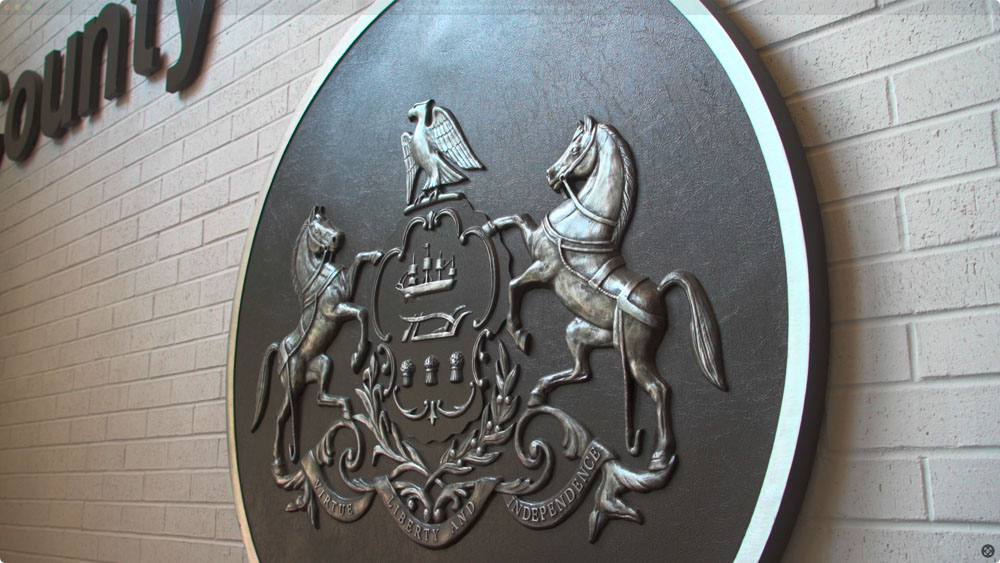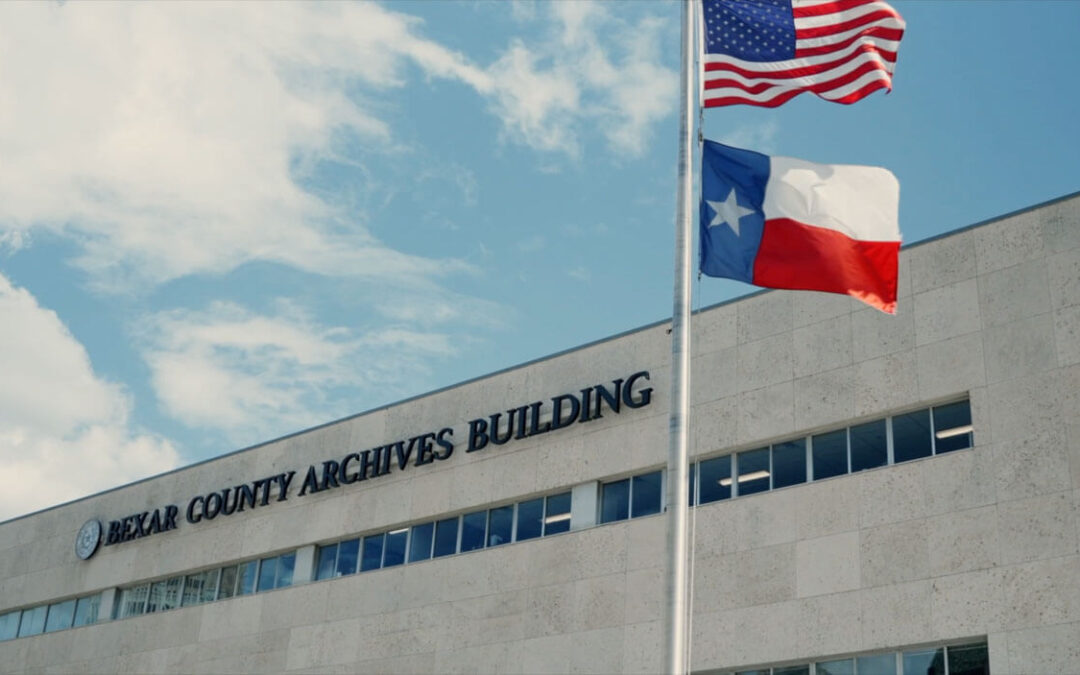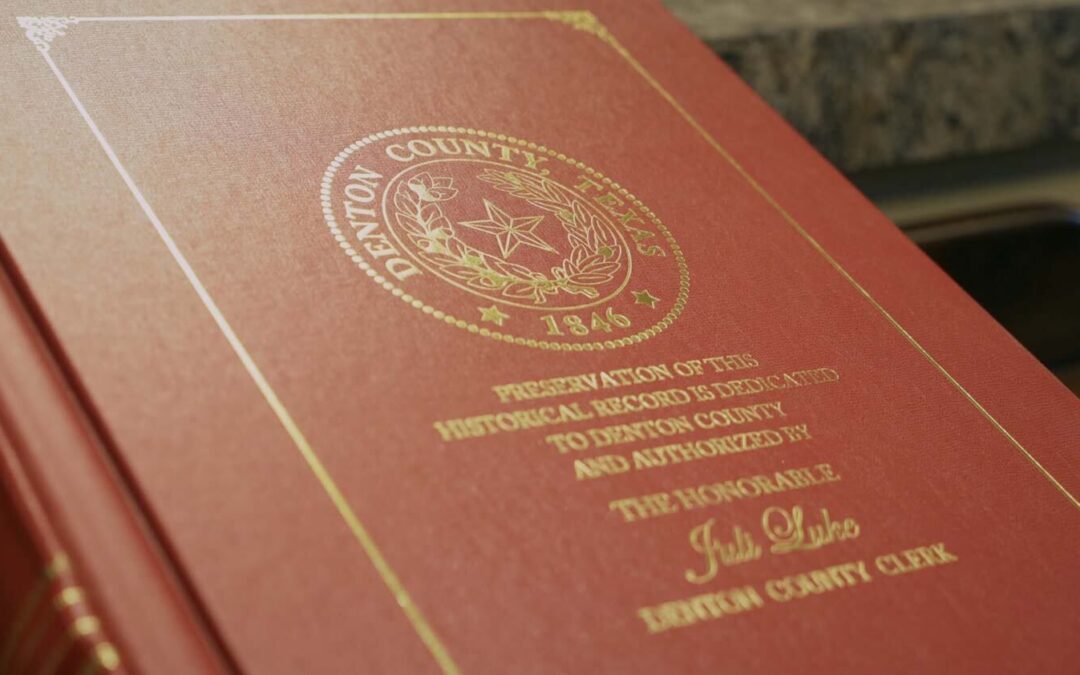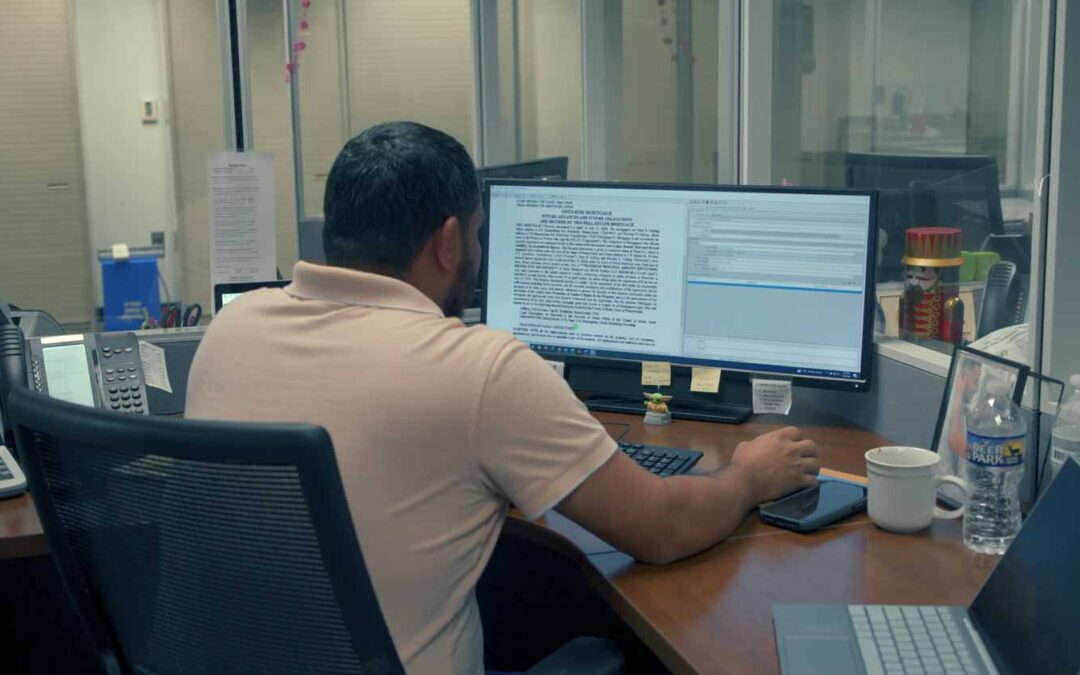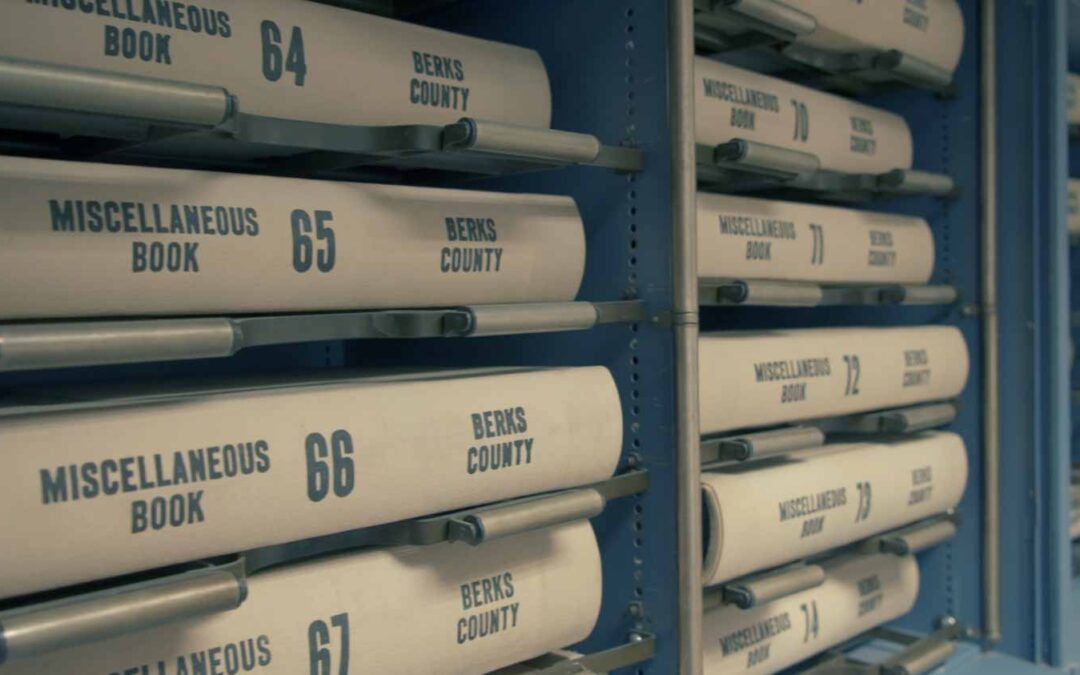Case Study
How Tippecanoe County, IN Increased Public Accessibility with Digital Services
Overview
If you drive about 60 miles northwest of Indianapolis, you’ll come to Tippecanoe County. Home to approximately 200,000 residents, its local government is a great example of how digital transformation is a journey, not simply a moment in time. Four years after bringing its first form online using GovOS Studio, the county assessor’s office was well-prepared to continue providing online civic services throughout the COVID-19 pandemic.
The following is a discussion with Eric Grossman and James Werner of the County Assessor’s Office about the role GovOS plays in their digital initiatives and what’s in store for future developments.
Tippecanoe County, IN
James Werner
Assessor
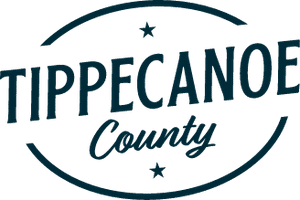
What prompted you to begin digitalizing processes for the county?
Eric: I’ve been working in county government since 2008, James since 2007. Even back then we were trying to automate certain processes, but we didn’t get the traction we hoped for on public-facing forms – at least not right out of the gate. Most other departments weren’t on board yet at that time either. James worked in the mortgage industry so he’d seen many processes become digitalized there. I think when he transitioned to government it was clear to him that many of our processes were lagging.
James: When I first started in government, we relied heavily on Microsoft Access and I wanted to find ways we could start to move processes online and make the shift to cloud-based data management. At the core of our efforts has always been a desire to increase public accessibility and develop smarter resource management. We recognized early on the unnecessary burdens placed on citizens when we require them to print, wet sign and deliver documents in person or by mail to our office. We also saw the waste of time and resources – as well as the environmental impact and labor demands – created by our old processes. After Eric was elected, one of the first things we did was vet contractors for electronic document solutions. That’s when we found GovOS Studio. Over the years we’ve explored a number of ways we can utilize the software and tools that are available to us.
What impact did the pandemic have on county operations?
James: A lot of our digital programs were already gaining momentum before the pandemic hit. When they made the call to shut down our office, I think we were one of the only agencies in the county that could continue providing all services without interruption. A big part of that was due to Studio.
Eric: Agreed. We started with Studio as a matter of efficiency well before the pandemic to eliminate some of the pain points in our processes. During the pandemic, the ability to interact remotely with the public seemingly became a basic requirement for operating any sort of office function. Since all our forms were already online, people could file tax appeals (or submit any number of other forms) and there was no need to come into the office. We’d been working towards that for a long time.
What are some of the biggest benefits you’ve seen for staff and taxpayers over the years?
James: There’s been significant time savings all around. Since our forms are available online, people don’t need to take time off work to submit paperwork in person. Citizens can fill out forms on their own schedule. As far as staff benefits, we now have ¾ of the data entry complete when someone submits an online form. There was a time when we would have a line of people out the door and we really don’t see that anymore—which is great for everyone.
Eric: We still have employees who handle data entry for paper submissions but for the most part, we don’t have to do any more of the person-to-person, handing-paper-over-the-counter processes that we used to do. There used to be whole days when employees did nothing but open envelopes. The old process also involved sorting forms into file folders, entering data, scanning paperwork and shredding everything. We’ve eliminated a lot of those tedious tasks. Now, we have analysts who only need to spend a fraction of their day on data entry and can spend the rest of it on other tasks.
What are some examples of forms you’ve developed in Studio?
James: One of our most popular citizen-facing forms is the Option to Receive Official Notice of Assessment Digitally form, which allows property owners to opt out of receiving paper copies of notices regarding the assessed value of their property. This form has helped us save money since we no longer have to print and mail copies of legal notices to those who opt-in to receive the notices electronically. So far, we’ve received more than 300 submissions.
Another one is our Internal Correction form, which we use to update an inaccurate or outdated description of a property. I was able to integrate the data from the form with a map that shows which taxing district would be affected most by changes in value due to appeal settlement and corrections. This tool also allowed us to audit corrections and compare them year over year to look for trends as well as satisfy some of our reporting duties to the taxing districts that may be affected by corrective action or tax appeal settlement.
What’s next for your team?
James: Up next is GIS map integration with Studio data. We met with a GIS mapping software company, Esri, about connecting our Studio form data with maps and they were very interested in figuring out how we could do it. The opportunity to beta test through GovOS came up and this gave us a chance to provide feedback on how we need the system to work. Map integration is still in development but it’s going to be awesome when it rolls out and we’re thrilled to be a part of it.
For more information about GovOS Application Studio, visit govos.com/products/application-studio/
Want to learn more about what GovOS has to offer?


